Zoladex 3.6 mg Injection (Goserelin)
₨15,000.00
Zoladex contains Goserelin which is now available in Pakistan at Online Pharmacy. The price range of Zoladex 3.6mg injection is Rs.14,000/- to Rs. 17,000/-.
Product Description:
Brand: Zoladex
Packet Size: 1’s injection
Active ingredient: Goserelin
Manufacturer: AstraZeneca UK
Treatment: Prostate Cancer
Additional Details of Zoladex 3.6mg Injection
Uses of the Zoladex 3.6mg Injection
Zoladex 3.6 mg injection is used for the treatment of prostate cancer, breast cancer, endometriosis, uterine fibroids, and in assisted reproduction to control ovarian function.
Prostate Cancer:
Zoladex 3.6 mg is used to treat advanced prostate cancer in men. It works by lowering the level of testosterone, a hormone that stimulates prostate cancer growth. By reducing testosterone, Zoladex helps slow or stop the progression of the cancer.
Breast Cancer:
In women with hormone receptor-positive breast cancer, Zoladex is used to reduce estrogen levels, which can help slow or stop the growth of certain types of breast cancer. It is often used in premenopausal women as part of a treatment regimen.
Endometriosis:
Zoladex is used to treat endometriosis, a condition where tissue similar to the lining of the uterus grows outside the uterus. By lowering estrogen levels, Zoladex helps shrink endometrial tissue and alleviate symptoms like pain and discomfort.
Uterine Fibroids:
For women with uterine fibroids, Zoladex helps reduce the size of the fibroids by lowering estrogen levels. That eases to relief the symptoms such as heavy bleeding and pelvic pain before surgical procedures.
Assisted Reproduction:
Zoladex is helpful in assisted reproduction (such as IVF) to control ovarian function. It temporarily overcomes ovarian activity along with the proper timing of the egg retrieval and overall fertilization.
How Does Zoladex Work?
Zoladex injection works by suppressing the sex hormones (estrogen and testosterone) in your body, which overcomes conditions like prostate cancer, breast cancer, endometriosis, and uterine fibroids.
How Zoladex Injection Works:
Inhibition of Gonadotropins:
Zoladex contains the active ingredient goserelin, which is a synthetic hormone on the pituitary gland. It stimulates the pituitary to release an initial surge of gonadotropins ( LH and FSH), which conducts the levels of sex hormones like estrogen and testosterone. Although, Zoladex overcomes the pituitary gland, with the secretion of LH and FSH, and drops in the levels of estrogen in women and testosterone in men.
Reduced Hormone Levels:
By lowering the levels of estrogen and testosterone, Zoladex helps control the growth of hormone-sensitive tissues. Zoladex controls the hormone-sensitive tissues for prostate cancer and overcomes testosterone. For breast cancer, it conducts estrogen by overcoming the production of hormone receptor-positive cancer cells.
Treatment of Endometriosis and Uterine Fibroids:
In conditions like endometriosis and uterine fibroids, Zoladex tablets are implemented by overcoming the endometrial tissue or fibroids to shrink, which relieves pain and other symptoms related to these conditions.
Assisted Reproduction:
In assisted reproduction, Zoladex is used to suppress ovarian function temporarily. This allows for better control of the timing of ovulation and the preparation of the ovaries before procedures like IVF.
How Should You Take Zoladex Injection?
You should take Zoladex injection as prescribed by your doctor, usually as a subcutaneous (under the skin) injection given once every 28 days, or as directed for your specific condition.
How You Should Take Zoladex Injection:
Follow Your Doctor’s Instructions
Zoladex injection is only given once a month, but the duration and how much injection you need to take depends on your doctor’s advice, and it’s injected under your skin in the abdomen or thigh.
Subcutaneous Injection
Zoladex tablets are given as a subcutaneous injection and injection it is given into the fatty tissue under your skin. However, always take zoladex injection under your doctor’s supervision and make sure not to try it yourself.
Injection Site
The injection is commonly given in the lower abdomen or thigh. The injection site may need to be rotated to avoid irritation. Make sure to follow your healthcare provider’s instructions regarding where to inject.
Regular Monitoring
Regular check-ups are necessary to monitor your response to the medication. Your doctor may conduct blood tests to check hormone levels and evaluate the effectiveness of the treatment.
Missed Dose
If you miss an injection, contact your doctor immediately. Do not try to make up for a missed dose on your own, as the schedule needs to be adjusted properly to ensure the treatment works effectively.
Recommended Dosage of Zoladex 3.6mg Injection
Zoladex 3.6 mg is given as one 3.6‑mg subcutaneous depot every 28 days continuously for prostate or hormone‑positive breast cancer, for up to 6 months in endometriosis, for about 3 months before fibroid surgery, and as 1–2 depots 28 days apart for endometrial thinning/assisted reproduction, as directed by your doctor.
Recommended dosage details
Standard adult dose and route
You receive one 3.6 mg implant under the skin (usually the lower abdomen) every 28 days. No dose adjustment is generally needed for kidney or liver problems.
Prostate cancer
If you’re being treated for advanced or recurrent prostate cancer, the 3.6 mg depot is repeated every 28 days on an ongoing schedule to keep testosterone suppressed.
Hormone‑positive breast cancer (premenopausal women)
You’ll typically get 3.6 mg every 28 days to lower estrogen and support your main cancer treatment; your oncology team decides how long to continue.
Endometriosis
The usual course is one 3.6 mg injection every 28 days for up to 6 months to shrink endometrial tissue and ease pain.
Uterine fibroids (pre‑surgery anemia control)
You may be given 3.6 mg every 28 days for about 3 months before surgery to reduce fibroid size and improve blood counts.
Endometrial thinning / assisted reproduction
For procedures like endometrial ablation or IVF down‑regulation, protocols often use 1 or 2 depots 28 days apart (timing of surgery or stimulation follows 2–4 weeks later); some IVF protocols use a single depot for pituitary suppression.
Warnings and Precautions of Zoladex 3.6mg Injection
Zoladex 3.6 mg injection carries warnings for pregnancy, an initial tumor flare with possible spinal cord compression or ureteral obstruction, loss of bone mineral density (≈4.3% spine BMD drop after 6 months), metabolic and cardiovascular risks (hyperglycemia, diabetes, heart attack, stroke, QT prolongation), hypersensitivity/anaphylaxis, and rare injection‑site vascular injury or severe bleeding so you need close monitoring, especially during the first month.
Pregnancy risk
Do not use Zoladex if you are pregnant (it can harm the fetus and increase miscarriage risk). Use reliable non‑hormonal contraception while on therapy.
Tumor flare in the first weeks
The first dose can briefly raise sex hormone levels, worsening symptoms (more bone pain, urinary blockage). If you’re at high risk, your doctor will monitor you closely during the first month.
Spinal cord compression or ureteral obstruction
Men with advanced prostate cancer can develop sudden leg weakness, numbness, or trouble urinating; urgent treatment is needed. Your care team may treat or rule out these problems before starting Zoladex and watch you afterward.
Bone mineral loss and fractures
Estrogen/testosterone suppression reduces bone density. In one study lost about 4.3% vertebral BMD after 6 months. Your doctor may add calcium/vitamin D or a bisphosphonate and limit endometriosis therapy to 6 months.
Metabolic and cardiovascular issues
GnRH agonists like Zoladex can raise blood sugar and the risk of diabetes, heart attack, stroke, or sudden cardiac death, especially in men. Blood glucose, cholesterol, and heart symptoms should be checked. QT prolongation is a concern if you already have long‑QT syndrome or electrolyte problems.
Hypersensitivity and anaphylaxis
Rare severe allergic reactions (swelling, breathing trouble, rash) have been reported. Seek emergency care if these occur.
Injection‑site vascular injury
Very rarely, the needle can injure abdominal blood vessels, causing severe bleeding or shock. Report sudden abdominal pain, dizziness, or fainting right away.
Hypercalcemia in bone metastases
If you have bone mets, calcium levels can spike initially; labs will be monitored and treated if needed.
Mood changes and other hypoestrogen/androgen effects
Low hormones can trigger hot flashes, mood swings, or vaginal dryness; tell your doctor if symptoms are severe so supportive care can be added.
Possible Side Effects of Zoladex Injection
Possible side effects of Zoladex 3.6 mg injection include very common hot flushes and sweating, reduced sex drive or erectile dysfunction problems, headaches and mood changes (including depression), injection‑site pain or bruising, and vaginal dryness; other effects can be nausea or diarrhea, urinary problems and swelling, while rare but serious reactions include tumor flare with spinal cord compression or ureteral blockage, severe allergic reactions, bone thinning (about 1% bone loss per month during a 6‑month course for endometriosis), high blood sugar, and injection‑site vascular bleeding.
Possible Side Effects Explained
Hot flushes and sweating – These are the most reported effects: in men, they occur in >10% and in one study in 46% of patients; in women, they are seen in >20%.
Sexual function changes – You may notice a lower sex drive, erectile problems, or vaginal dryness; these were listed among common (>20%) reactions in women and >10% in men.
Headache, mood swings, or depression – Headache and emotional lability/depression are common in women (>20%). Tell your doctor if mood symptoms are strong or persistent.
Injection‑site reactions – Mild pain, redness, bruising, or bleeding where the pellet is placed are common. Very rarely, a blood vessel can be hit, causing serious bleeding or shock; this needs urgent care.
Bone loss (osteopenia/osteoporosis) and fractures – Suppressing sex hormones can thin your bones; in benign gynecologic use, the average loss is ~1% BMD per month over 6 months. Your doctor may add calcium, vitamin D, or another drug if you’re at risk.
Tumor flare and pressure symptoms – Early in treatment, cancer symptoms can briefly worsen (tumor flare), leading to bone pain, urinary blockage, or spinal cord compression; close monitoring is needed in the first weeks.
Gastrointestinal or urinary issues – Nausea (≈9%), diarrhea (≈40% in one radiation combo study), difficulty urinating, or abdominal pain can occur.
Allergic reactions – Rare systemic hypersensitivity (rash, swelling, trouble breathing) has been reported; seek emergency help if this happens.
Metabolic and lab changes – Impaired glucose control (high blood sugar) and changes in lab values have been observed; your doctor may check blood tests during therapy

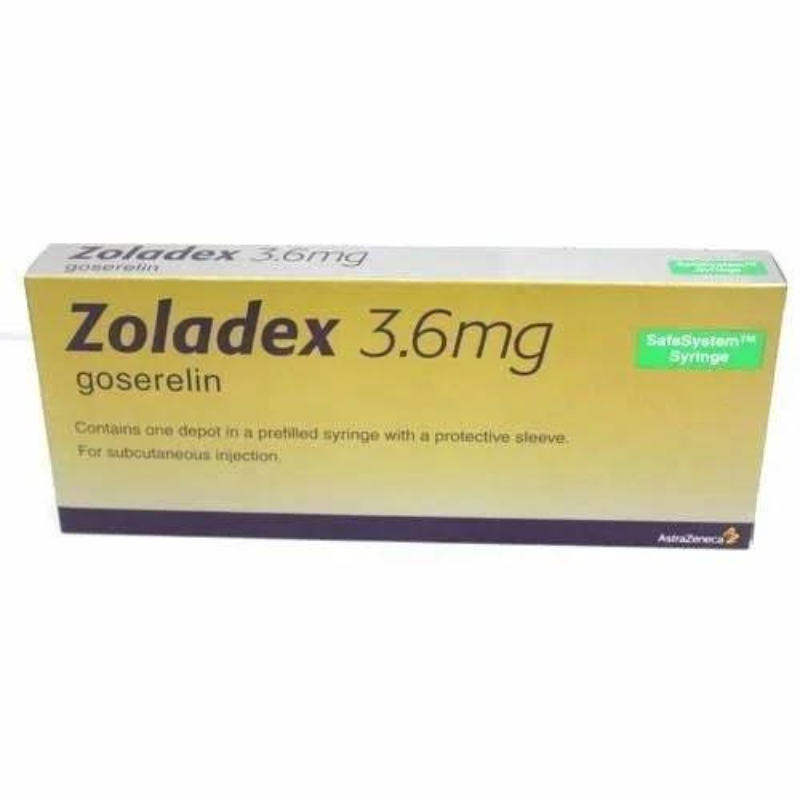
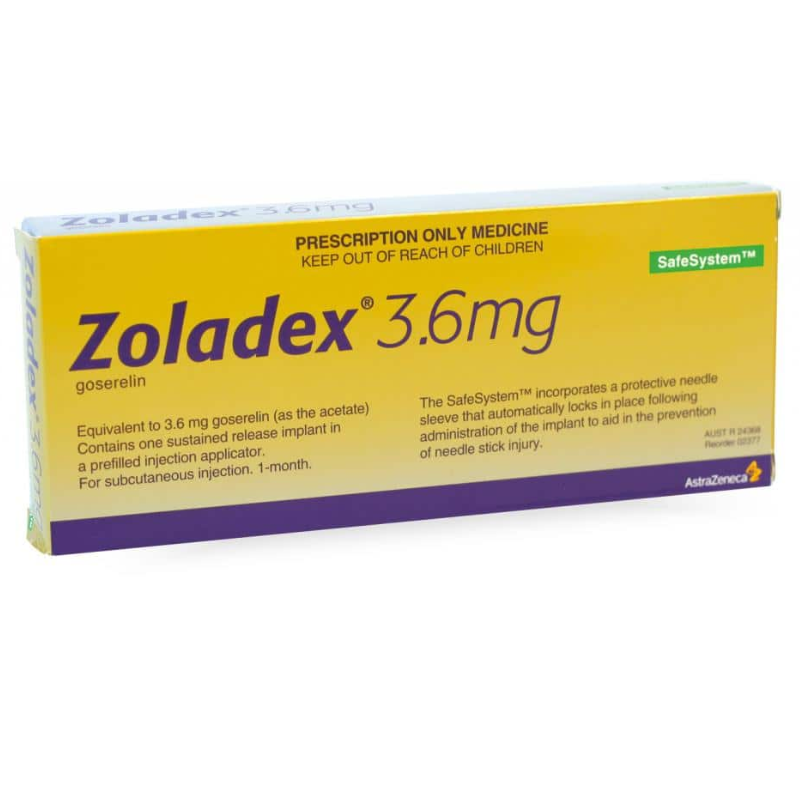


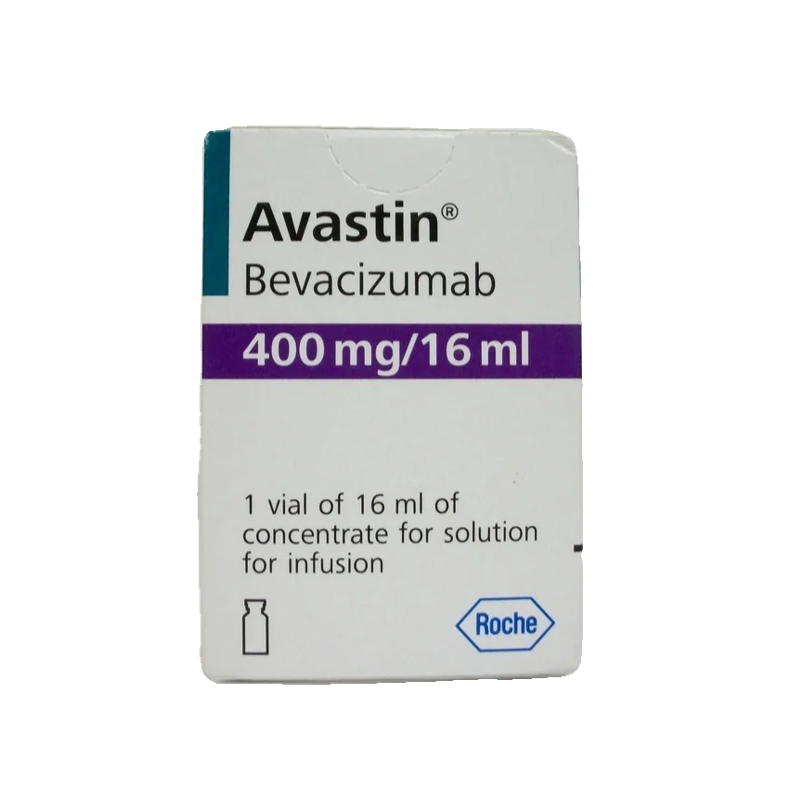
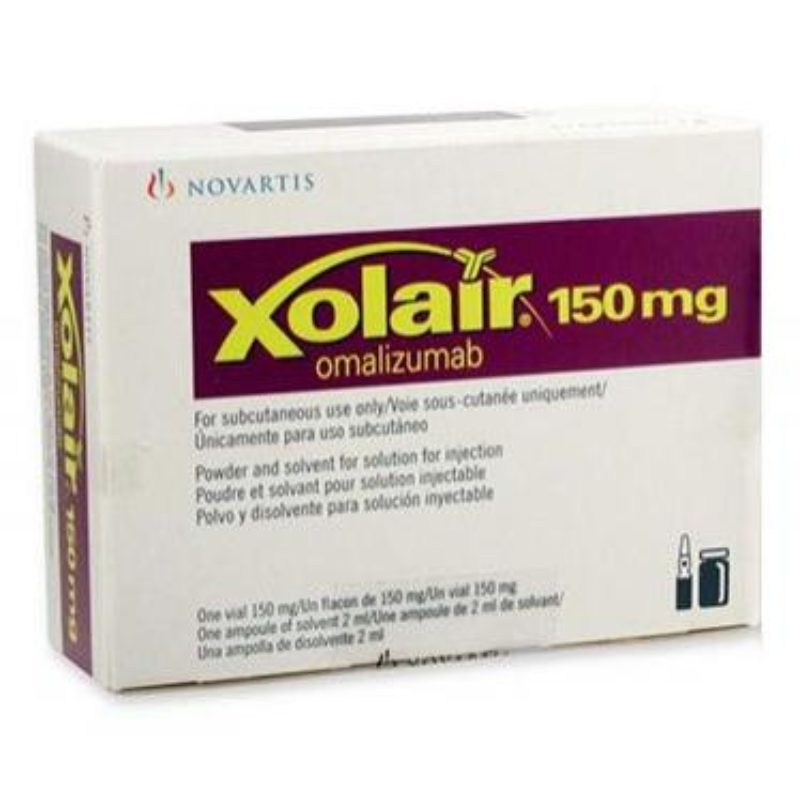
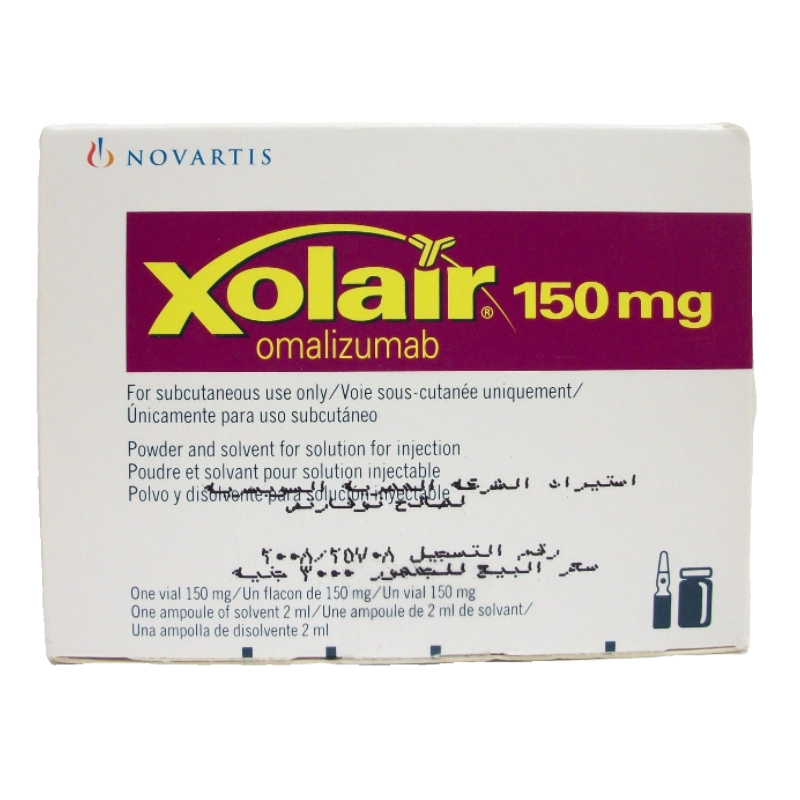

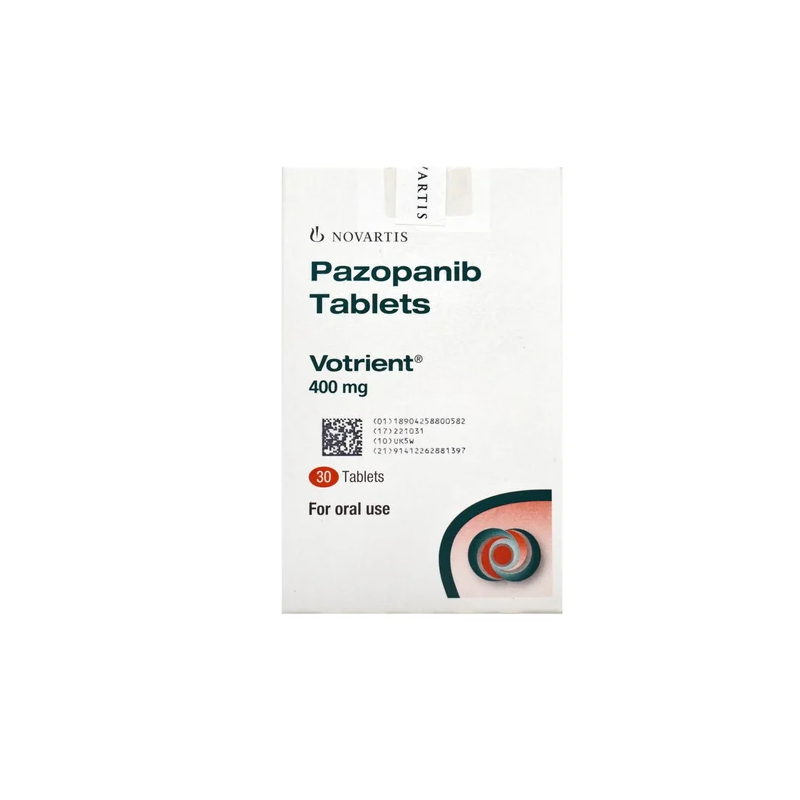
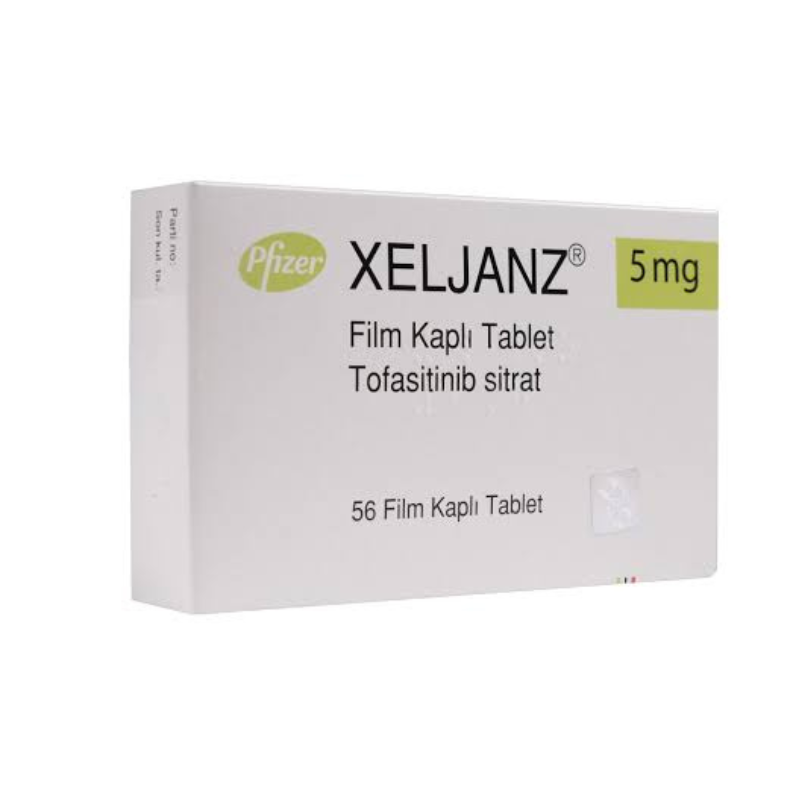

mohammad zahid –
a reliable place to get all kinds of imported medicines.
fareeda –
Very professional service and customer support was quick.